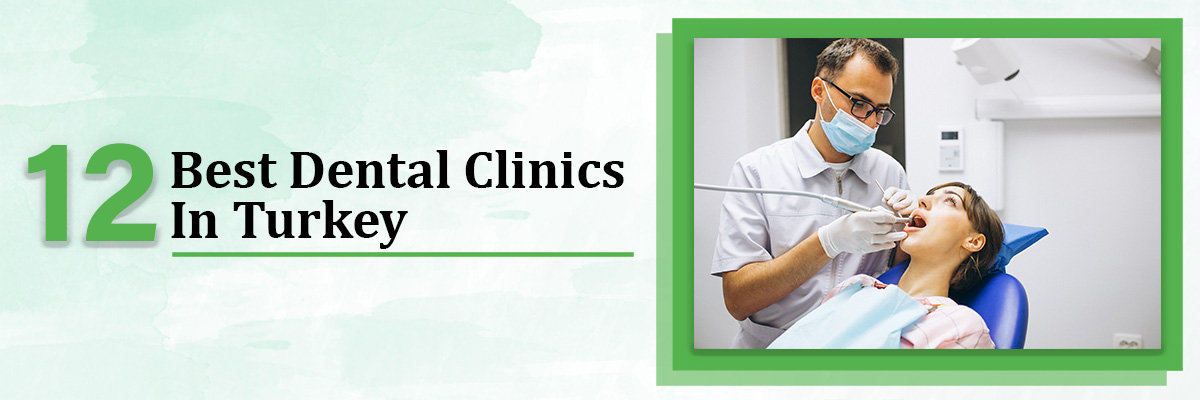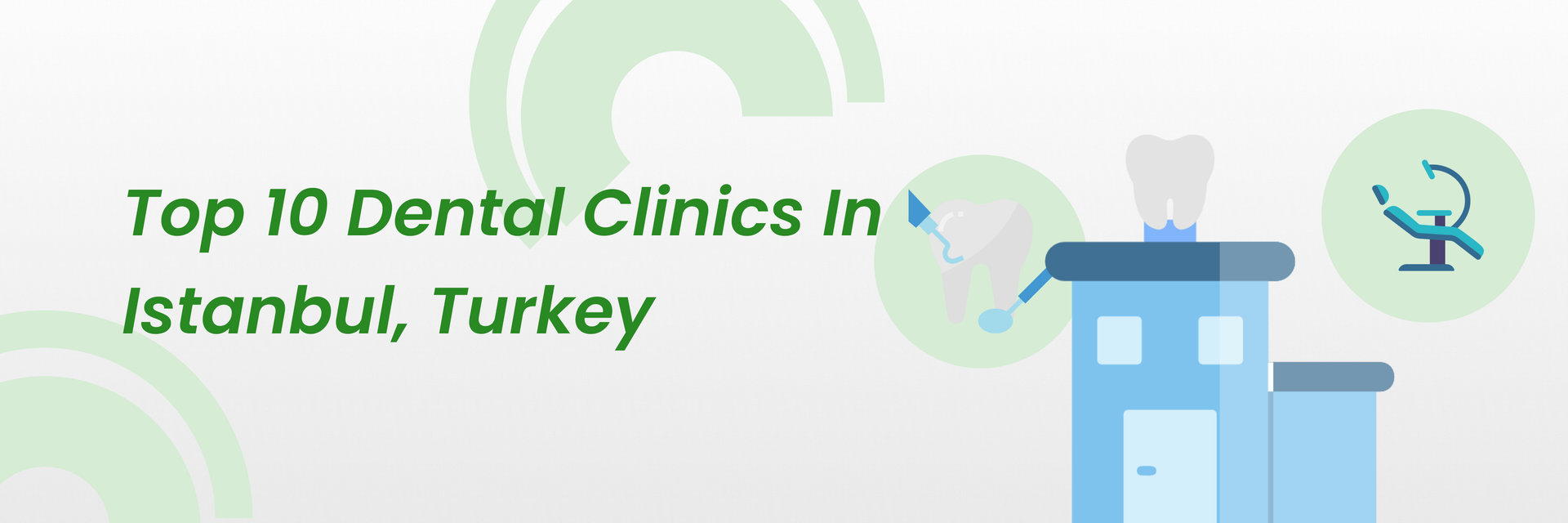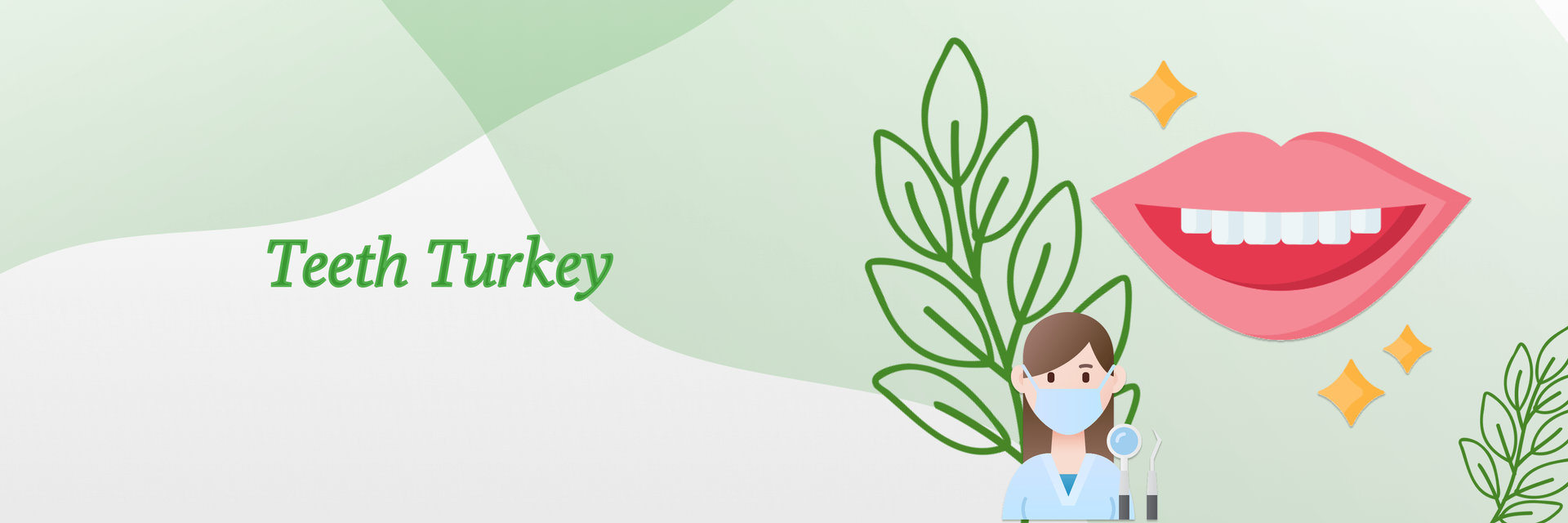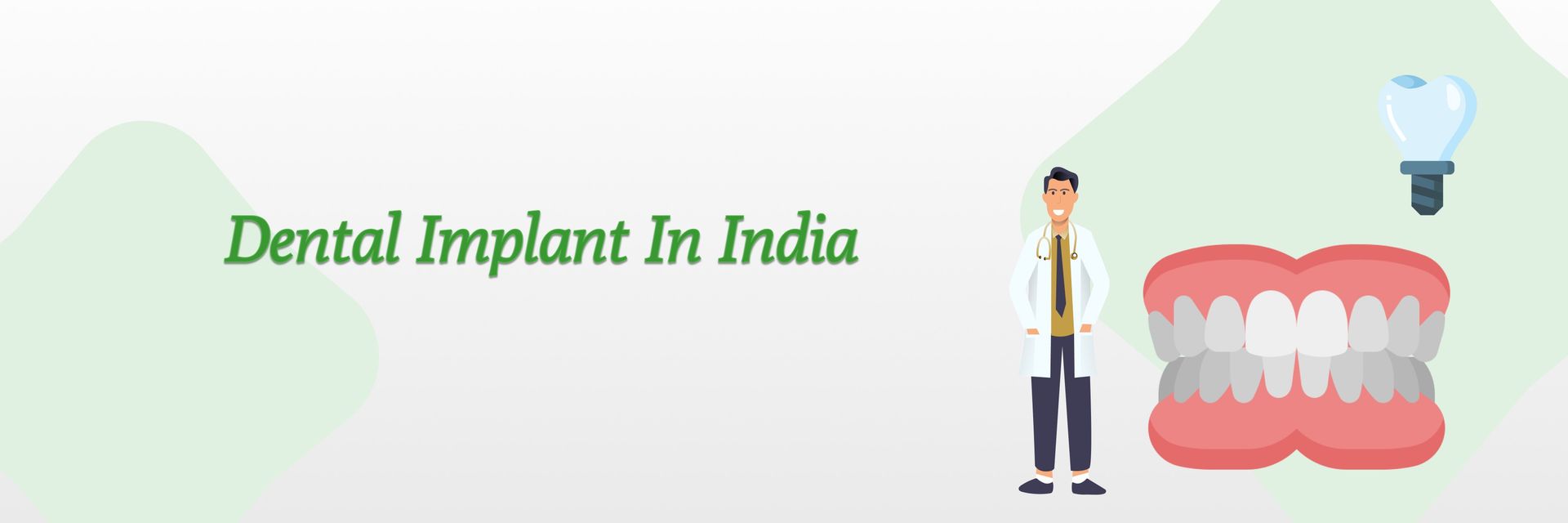As parents, you will find yourself focusing on your child’s growth milestones, from their first steps to their first words. However, an important aspect of their development that is sometimes overlooked is their dental health, particularly the alignment of their teeth and jaws.
Early orthodontic intervention can prevent more serious issues down the line and ensure a healthy, confident smile. In this blog, we'll explore the early signs your kid needs orthodontic treatment, helping you to recognize and address potential problems before they escalate.
How To Know Your Kid Needs Orthodontic Treatment
There are several signs that indicate your child may need an orthodontic treatment. It’s crucial to spot them early to prevent further damage to their dental health.
1. Habit of Thumb Sucking
Pacifiers and the habit of thumb-sucking can lead to changes in the growth of your child’s teeth. It may result in misalignment in jaws and teeth and even jaw pain in the long run. So, if your child has or had a habit of sucking their thumb for a long time, it’s better to book an appointment with your orthodontist or a dentist for an early orthodontic treatment consultation.
2.Teeth Gaps
When your child is growing, and their teeth are just growing out, you may notice gaps between them. A lot of the time, this gap is covered with the arrival of permanent teeth, but when this gap is not replaced with a set of teeth, you may need to consult an orthodontist for clarification.
3. Speech Difficulties
Speech difficulties are frequently the result of misaligned jaws and teeth. So, it’s better to see the signs before any severity in their orthodontic case. Is your child struggling to articulate certain words clearly? Are there specific letters, such as "S" and "R," that they find challenging to pronounce? These issues are often linked to dental misalignment. Fortunately, timely orthodontic intervention can effectively address and correct this problem.
4. Bite Problems
An improper bite can be observed when the teeth and jaws are closed. There are several different types of bite problems. An overbite occurs when the upper front teeth extend over the lower teeth, while an underbite is the opposite, with the lower front teeth extending past the upper teeth. In a crossbite, the upper front teeth sit behind the lower teeth. Orthodontic treatment is necessary for children who exhibit these or other bite-related problems.
5. Crowded Teeth
Are your child's teeth closely spaced or overlapping? If so, they may have crowded teeth, and it's advisable to consult an orthodontist. Crowded teeth can lead to challenges in speaking and chewing, and your child might also experience issues like lisps, mouth breathing, and misaligned teeth.
6. Baby Teeth Loss Too Late or Early
On average, children usually lose their teeth at around six years. And if your child has lost their teeth a bit too early than six or too late, they may have orthodontic issues such as spacing problems or misaligned teeth. These conditions will require immediate orthodontic intervention by a professional.
7. Jaw Misalignment
All the unusual bites described in earlier points can stem from a misaligned jaw. When the jaws are not properly aligned, the teeth also fail to line up correctly. This misalignment can cause your children to experience chewing problems or inadvertently bite their tongue. If they report these issues, it's advisable to take them to a dentist for an evaluation.
8. Breathing Through Mouth
Does your child sleep with their mouth open? If so, they are likely breathing through their mouth, which can result in reduced space for adult teeth to develop due to their mouth remaining open throughout the night. This may affect your child’s teeth position and result in crowded teeth or crooked or misaligned jaw and teeth, needing supervision from an expert orthodontist.
9. Grinding of Teeth While Sleeping
Also known as bruxism, grinding your teeth when sleeping is a subconscious practice that can be found to be done by both kids and adults. The grinding of teeth in sleep can result in the shifting of teeth and jaw position of your child, which causes misalignment of jaw and teeth.
Conclusion
Recognizing the early signs that your child may need orthodontic treatment is crucial for ensuring their oral health and confidence. By paying attention to indicators, you can address potential problems before they become more severe. Early intervention not only simplifies treatment but also promotes healthier dental development and a brighter smile. Remember, consulting with an orthodontist at the first sign of concern can make a significant difference in your child's overall well-being, paving the way for a lifetime of optimal dental health.







